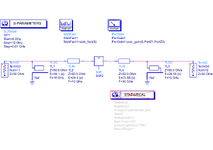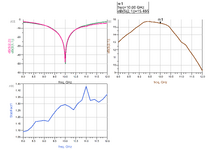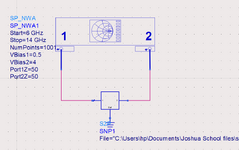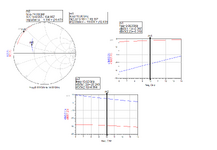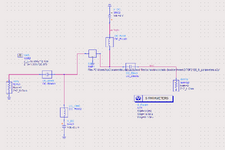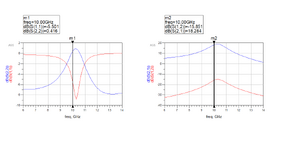jadnounyah
Junior Member level 3
I used S11 and S22 as a first step in finding the simultaneous matching network, but I'm not sure where to go from here.
They outputted:
S11 @ 2.4GHz = 1.339+20.873j
S11 @ 2.4GHz = 18.634+12.409j
How do I go about the bilateral design from here, I really don't know how to get the matching done simultaneously. It's in ADS, any help even if you used different impedances
They outputted:
S11 @ 2.4GHz = 1.339+20.873j
S11 @ 2.4GHz = 18.634+12.409j
How do I go about the bilateral design from here, I really don't know how to get the matching done simultaneously. It's in ADS, any help even if you used different impedances
